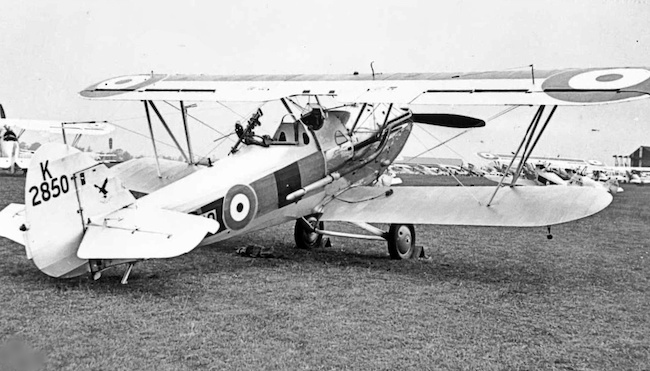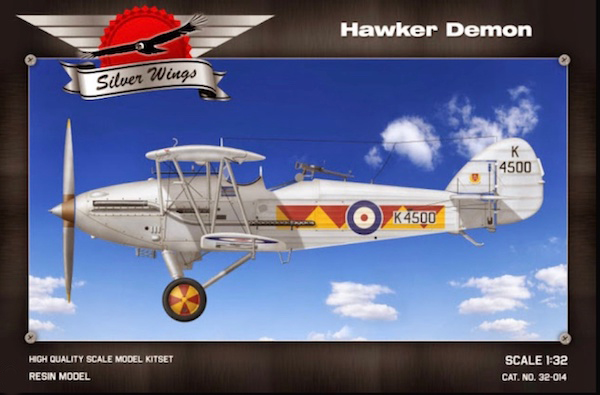
Full Review with Maxwell Williams
Kit Ref: 32-014
In March I paid my first ever visit to see the Shuttleworth Collection at Old Warden aerodrome in Bedfordshire. I was meeting a couple of friends there who were both volunteer guides which had several benefits, not least free coffee! As we walked into one hangar there was much activity moving aircraft around; John was able to ascertain that the Hawker Demon was being taken out and serviced prior to a “fly over” at its late owner’s funeral, Howell Davies, who had an illustrious career in the RAF flying amongst others Vampires and Vulcans.
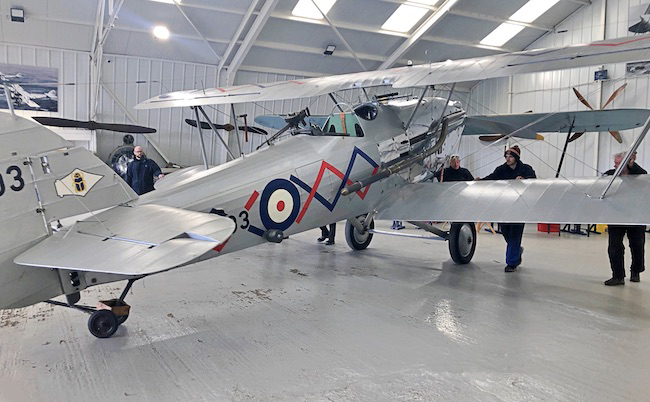
We completed our tour of the magnificent collection, which included in a “volunteer volunteer role!” helping to push their Spitfire Vc back into the hangar and after more coffee and a sausage bap, went outside to find the Demon on the tarmac.
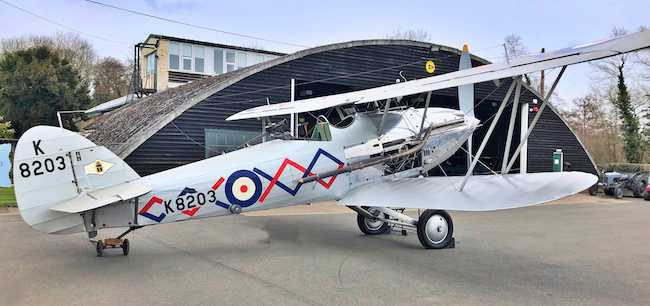
It was a golden opportunity to take photos from a modeller’s point of view including a couple where my friends’ presence certainly helped by climbing onto a set of steps for some close ups.
On my return home I had a vague feeling that I had a Silver Wings Demon kit; I bought a job lot of three Silver Wings kits on eBay for a good price some years previously but couldn’t remember what they were, and on checking:
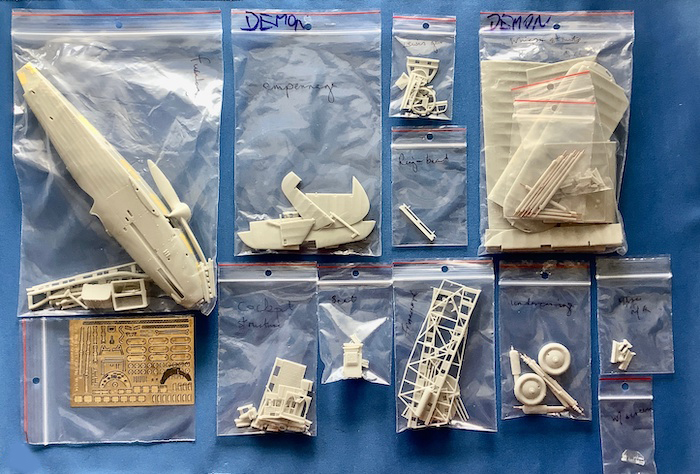
I always need to know about, to relate to the models that I build so research is usually my first task but the Demon surprised me. My main references were:
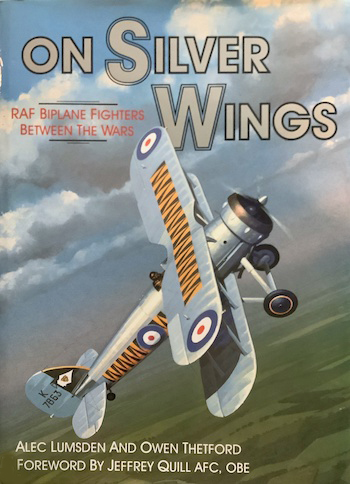
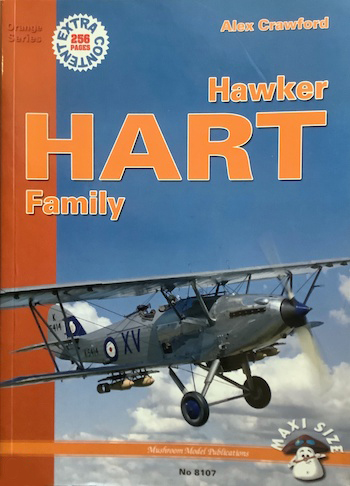
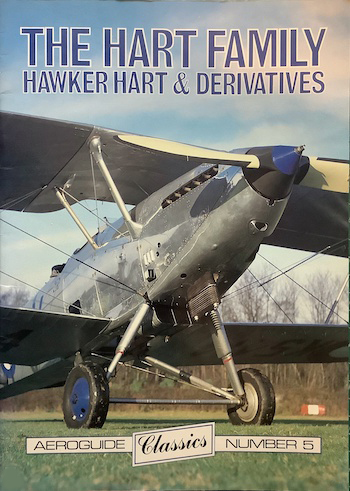
So a brief history. The Hawker Demon’s existence owes everything to its predecessor and stable-mate the Hawker Hart which as a light bomber was so fast that the RAF fighters of the day, primarily the Bristol Bulldog, struggled to keep up with it, let alone catch it. To remedy this embarrassing situation the logical proposal was to make a fighter version of the Hart, which eventually became known as the Demon in 1932.
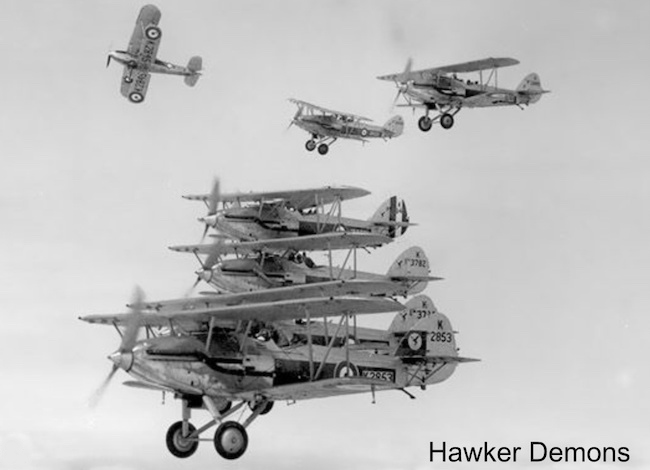
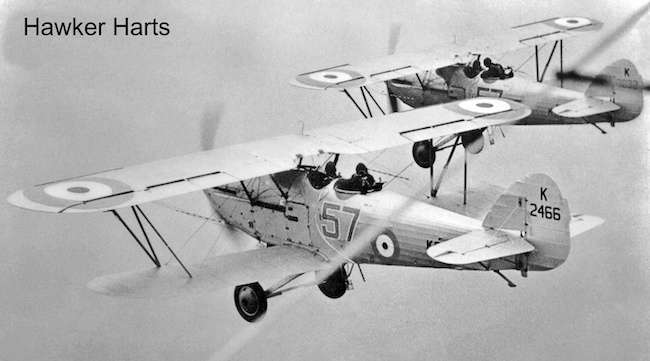
The eagle-eyed will immediately spot that they are not too dissimilar, even down to the fighter having a rear gunner. This was a carry over from the WW1 Bristol Fighter F.2B design, which was based on the premise that bombers would be larger and therefore slower than the fighters. Even in the months leading up to start of the Second World War, the concept of bombers needing a fighter escort (unbelievably) hadn’t been thought of!
However there was a flaw with the combined speed and design of the Demon. The gunner was equipped with a single Lewis gun on a ring mounting, modified to slope upward and aft to give an improved field of fire. However, the Demon’s speed meant that the gunner had extreme difficulty training and firing the gun to either side because of the force of the slipstream. Frazer-Nash came up with a solution, the “lobster shell” turret, which did nothing for the Demon’s elegant lines nor centre of gravity.
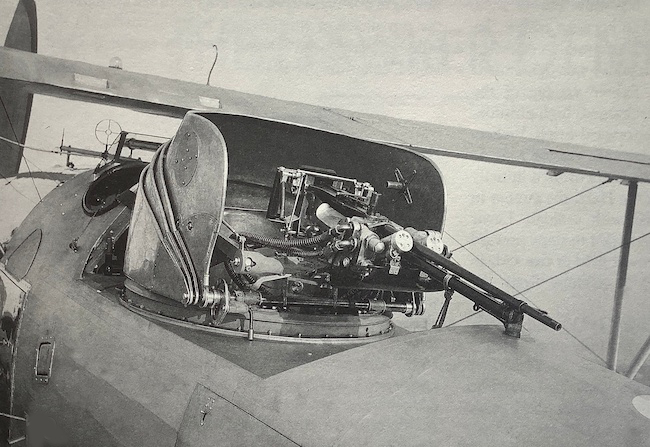
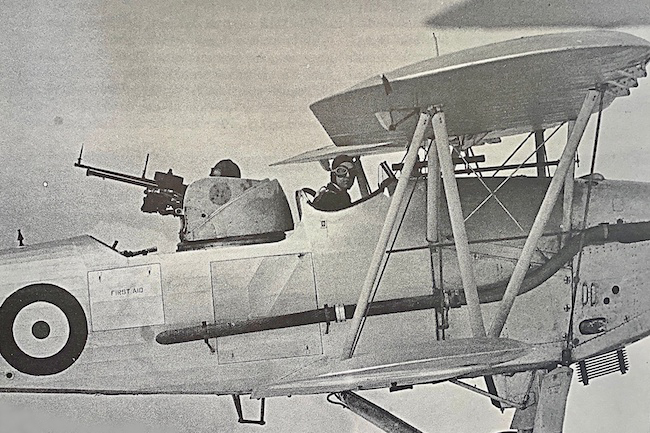
It also made it more difficult for the pilot to aim his two forward-firing guns when the rear gun was facing to the beam. The turret was a palliative measure and not adopted universally, but some design seeds had been sown. The Air Ministry had enough faith in the Demon as a fighter despite these drawbacks to place a substantial order, work proceeding at a pace at the Hawker Kingston factory before being transferred to Boulton-Paul in 1936 because Hurricane production took precedence at Kingston. Rear-turreted fighter……Boulton-Paul…….Frazer Nash…….?
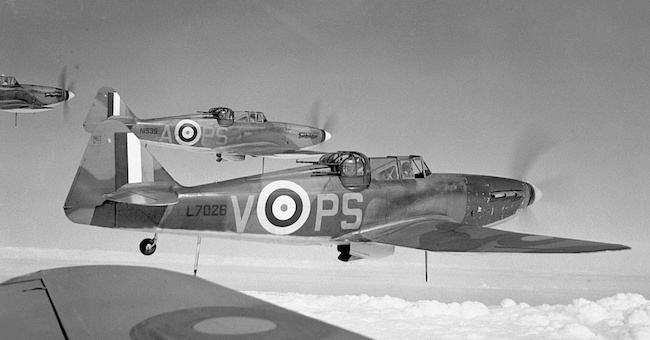
I can do no better than to quote a passage from “On Silver Wings”:
“In the heyday of the RAF’s biplane fighter era in the inter-war years, no aeroplane could better exemplify the combination of economy-led compromise enforced by the Treasury, and the Air Staff’s flawed tactical concepts, than the Demon. With hindsight it is difficult to see how the Air Staff’s stubborn faith in the concept of the two-seat fighter could sensibly have been sustained to the point where the Boulton Paul Defiant two-seater was thrown into action in 1940 with such disastrous consequences in fighter versus fighter operations.”
Nonetheless, the Demon is a great looking aeroplane:

